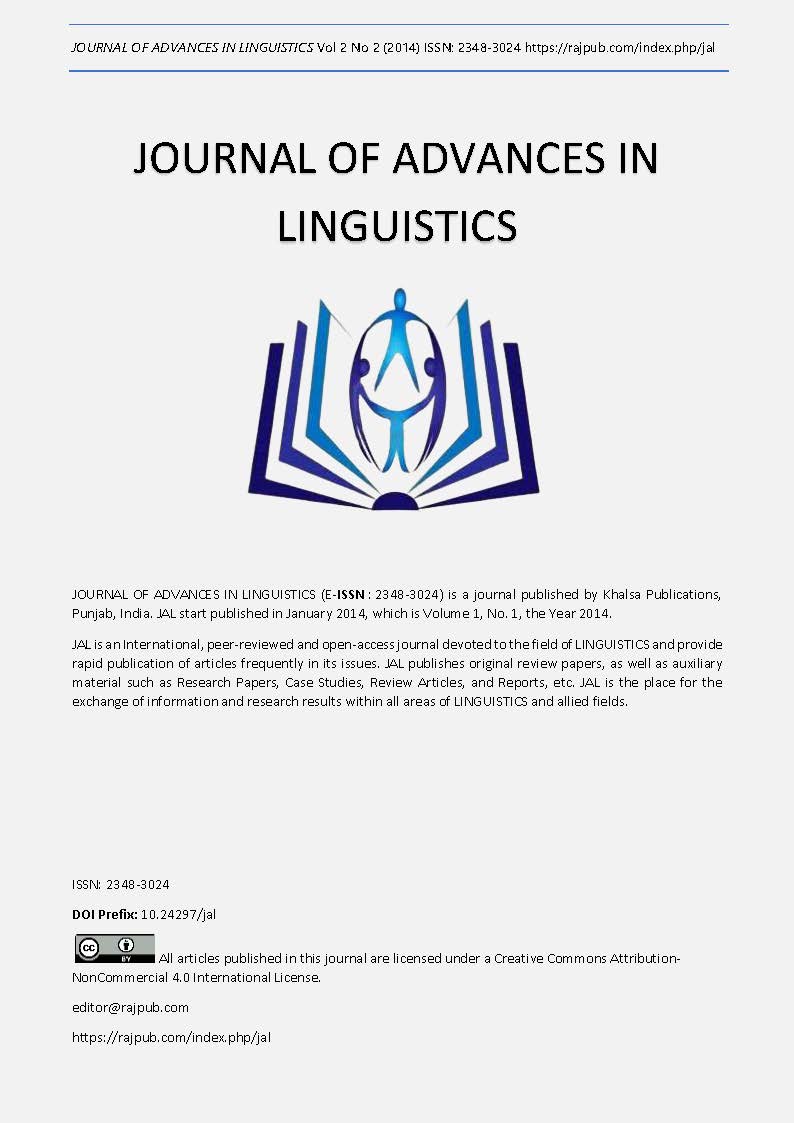The Psychosocial Dimensions of Religious Language and Metaphors from a Linguistic Viewpoint
DOI:
https://doi.org/10.24297/jal.v2i2.5223Keywords:
Religion, Metaphors, Psychosocial, Islam, the Prophetic Tradition.Abstract
It has become common in linguistic research to consider metaphorical language as matter of thought rather than of language. Herein, a metaphor is understood as a conceptual source domain by which an idea about a notion (a conceptual target domain) is conveyed on the basis of human experiential knowledge which is constructed through a set of social and psychological dimensions in a given society. Research in contemporary metaphor analysis emphasises that scrutinising the conceptual components a frequent metaphorical representations in a given discourse can reveal the different psychological and social dogmatic constituents of the discourse of the society where these metaphorical representations emerge. In this paper, I argue that the analysis of religious metaphors in the Prophet Muhammads tradition as a linguistic and conceptual phenomenon can reveal how their deliberate and indispensible choice induces some of five key psychosocial dimensions of early Islamic society. These dimensions are mostly concerned in introducing the Muslims identity, the appeal to authority and power through well-guided rulership and Islamic laws, showing affiliation through the prescribed rituals, the conflict with an evil, and finally, the dichotomy of us versus them.
Downloads
Downloads
Published
How to Cite
Issue
Section
License
 All articles published in Journal of Advances in Linguistics are licensed under a Creative Commons Attribution 4.0 International License.
All articles published in Journal of Advances in Linguistics are licensed under a Creative Commons Attribution 4.0 International License.




